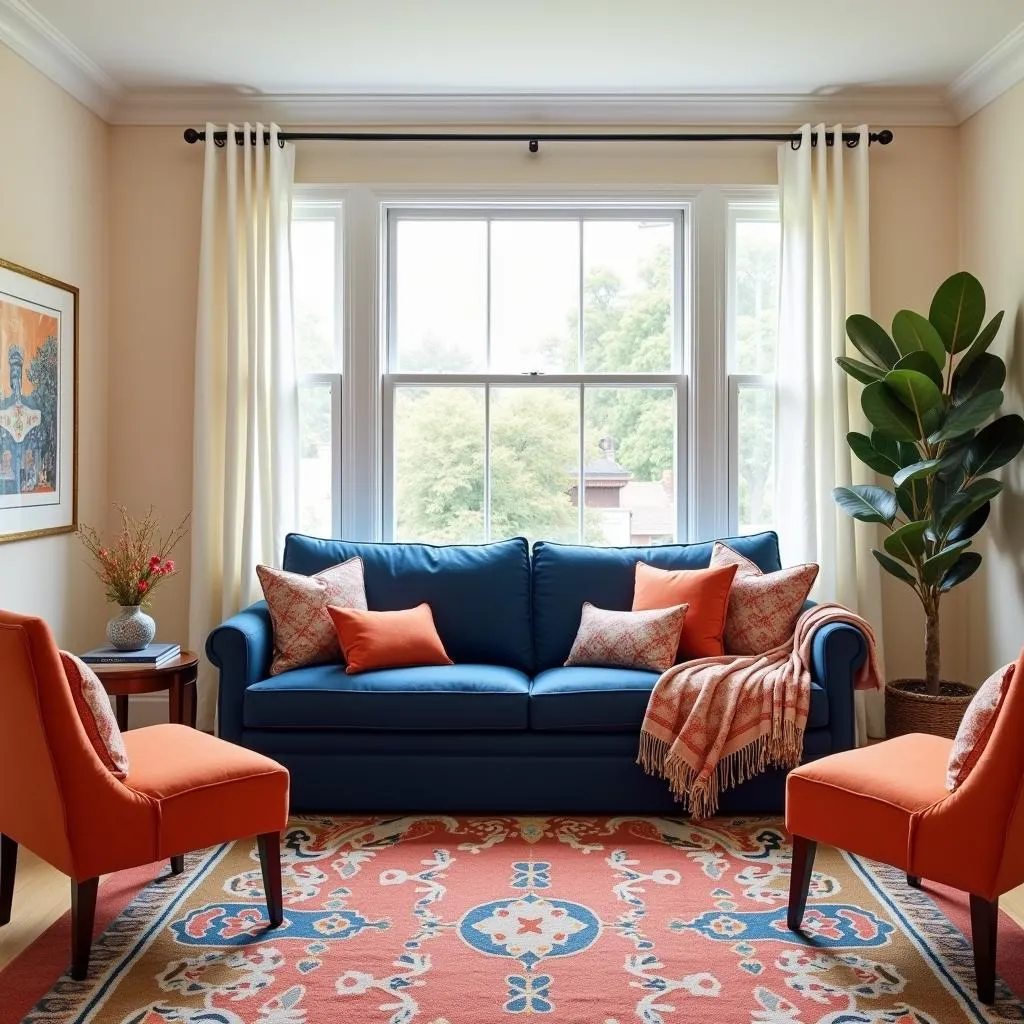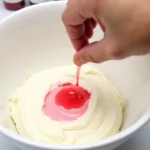Blue is a versatile color that evokes a sense of tranquility, peace, and serenity. It’s a popular choice for home decor, fashion, and art. But what colors go well with blue?
This comprehensive guide will explore the various color combinations that complement blue, from classic pairings to bold and unexpected contrasts. Whether you’re looking to create a calming oasis, a vibrant statement, or a sophisticated ambiance, this guide will provide you with the inspiration and knowledge to confidently incorporate blue into your designs.
Understanding the Color Wheel: The Key to Harmonious Color Combinations
The color wheel is an essential tool for understanding color relationships and creating harmonious palettes. It arranges colors based on their hues, saturation, and brightness.
Primary Colors: Red, yellow, and blue form the foundation of the color wheel. These colors cannot be created by mixing other colors.
Secondary Colors: Green, orange, and violet are created by mixing two primary colors. For example, mixing blue and yellow creates green.
Tertiary Colors: Mixing a primary color with an adjacent secondary color creates tertiary colors, such as blue-green or red-violet.
Complementary Colors: Creating Striking Contrasts with Blue
Complementary colors sit opposite each other on the color wheel. They create the highest level of contrast, resulting in vibrant and energetic combinations. Blue’s complementary color is orange.
Blue and Orange: This classic pairing creates a balanced and dynamic effect. The cool tones of blue offset the warmth of orange, resulting in a visually appealing contrast. Consider incorporating shades like burnt orange, terracotta, or coral for a sophisticated touch.
 Blue and Orange Living Room
Blue and Orange Living Room
Analogous Colors: Achieving Harmony and Flow
Analogous colors are adjacent to each other on the color wheel. They share similar hues, creating a sense of harmony and flow. For blue, its analogous colors are green and violet.
Blue and Green: This combination evokes a natural and serene ambiance, reminiscent of the ocean and sky. Consider incorporating shades like teal, turquoise, or emerald green for a refreshing and sophisticated look.
Blue and Violet: This pairing creates a cool and calming atmosphere, ideal for bedrooms or bathrooms. Experiment with shades like lavender, lilac, or periwinkle for a delicate and romantic touch.
 Blue and Green Bedroom
Blue and Green Bedroom
Triadic Colors: Adding Depth and Dimension
Triadic colors are evenly spaced on the color wheel, forming a triangle. This combination creates a balanced and visually stimulating palette. Blue’s triadic colors are red and yellow.
Blue, Red, and Yellow: This classic combination offers endless possibilities for creating dynamic and eye-catching designs. Consider using these colors in varying proportions to create different moods. For example, a predominantly blue room with pops of red and yellow can create a playful and energetic atmosphere.
 Blue, Red, and Yellow Kitchen
Blue, Red, and Yellow Kitchen
Neutral Colors: Grounding Blue with Sophistication
Neutral colors, such as white, gray, black, and beige, provide a versatile backdrop for blue. They create a sense of sophistication and allow the blue to take center stage.
Blue and White: This classic pairing creates a timeless and elegant look. The crispness of white enhances the vibrancy of blue, while blue adds depth and interest to the space.
Blue and Gray: This combination creates a modern and sophisticated ambiance. Gray’s cool tones complement blue’s calming effect, resulting in a serene and welcoming atmosphere.
Blue and Black: This pairing creates a bold and dramatic statement. The contrast between the dark and light tones adds depth and dimension to the space.
Conclusion
Blue is a versatile color that pairs well with a wide range of hues. Whether you prefer calming neutrals, vibrant complements, or sophisticated triadic combinations, there’s a perfect color palette out there for you. Experiment with different shades and proportions to create a space that reflects your personal style and evokes the desired mood.
Remember, choosing the right color combinations is just the beginning. Pay attention to factors such as lighting, furniture, and accessories to create a cohesive and visually appealing space. With a little planning and creativity, you can transform your home into a stunning reflection of your personality.
FAQ
Q: What is the best accent color for a blue sofa?
A: Several accent colors can complement a blue sofa, depending on the desired mood:
- Orange: For a classic and energetic contrast
- Yellow: For a cheerful and inviting atmosphere
- Pink: For a soft and romantic touch
- Green: For a natural and calming vibe
Q: Can I use different shades of blue in the same room?
A: Absolutely! Layering different shades of blue can create depth and visual interest. Combine light blue walls with navy blue furniture or incorporate blue patterned textiles for a cohesive and dynamic look.
Q: What colors should I avoid pairing with blue?
A: While there are no strict rules, certain color combinations might not be as aesthetically pleasing:
- Brown: Can create a dull and uninspiring look.
- Purple: Can clash with blue unless carefully chosen shades are used.
Need Help Choosing the Perfect Color Palette?
Contact Color Box Hanoi today! Our team of color experts is dedicated to helping you create a home that reflects your unique style and vision.
Call us: 0373298888
Email: [email protected]
Visit us: 86 Cầu Giấy, Hà Nội
We’re here to help you every step of the way.

